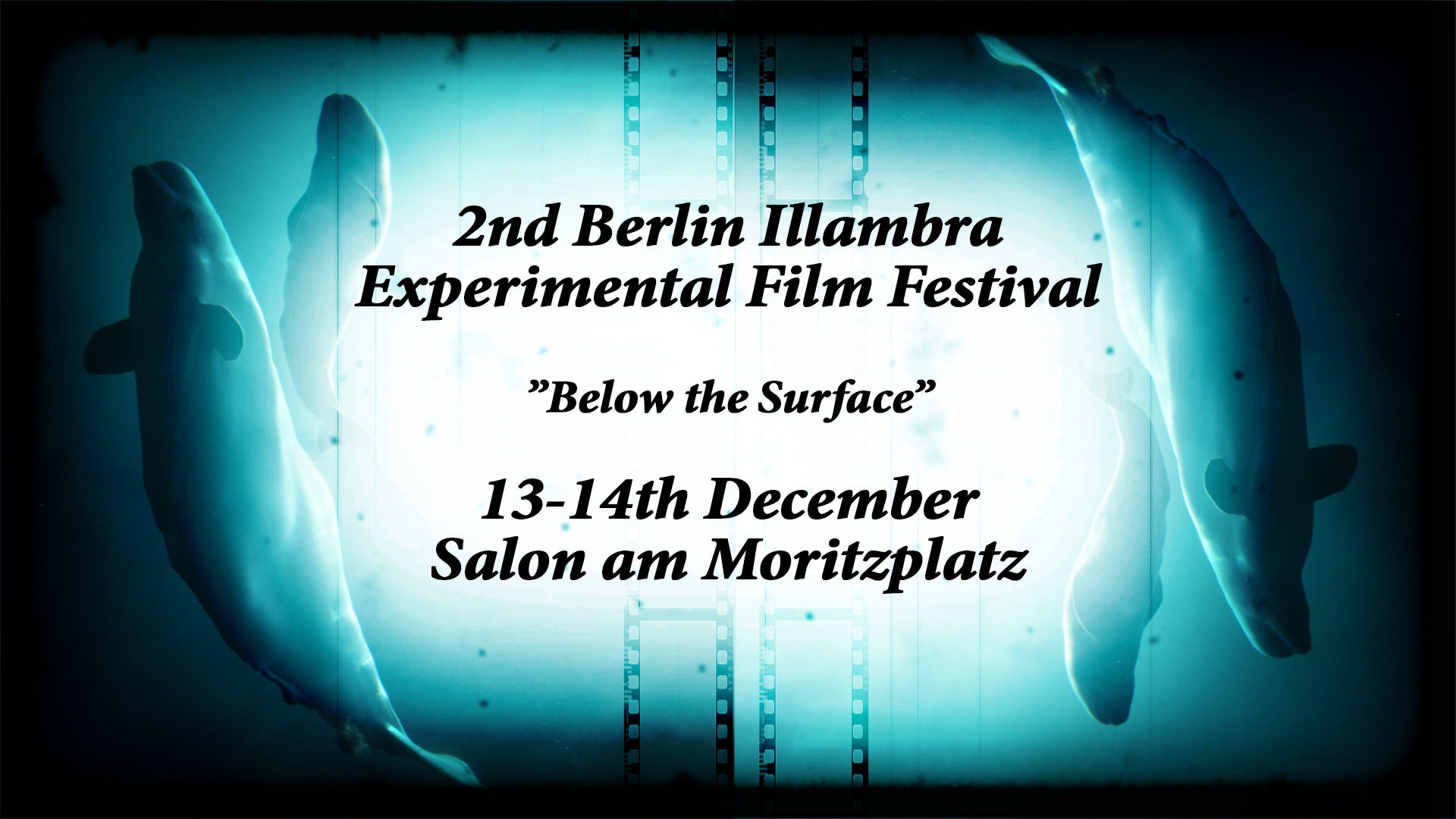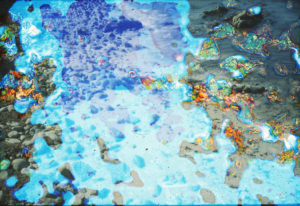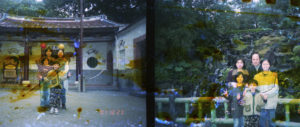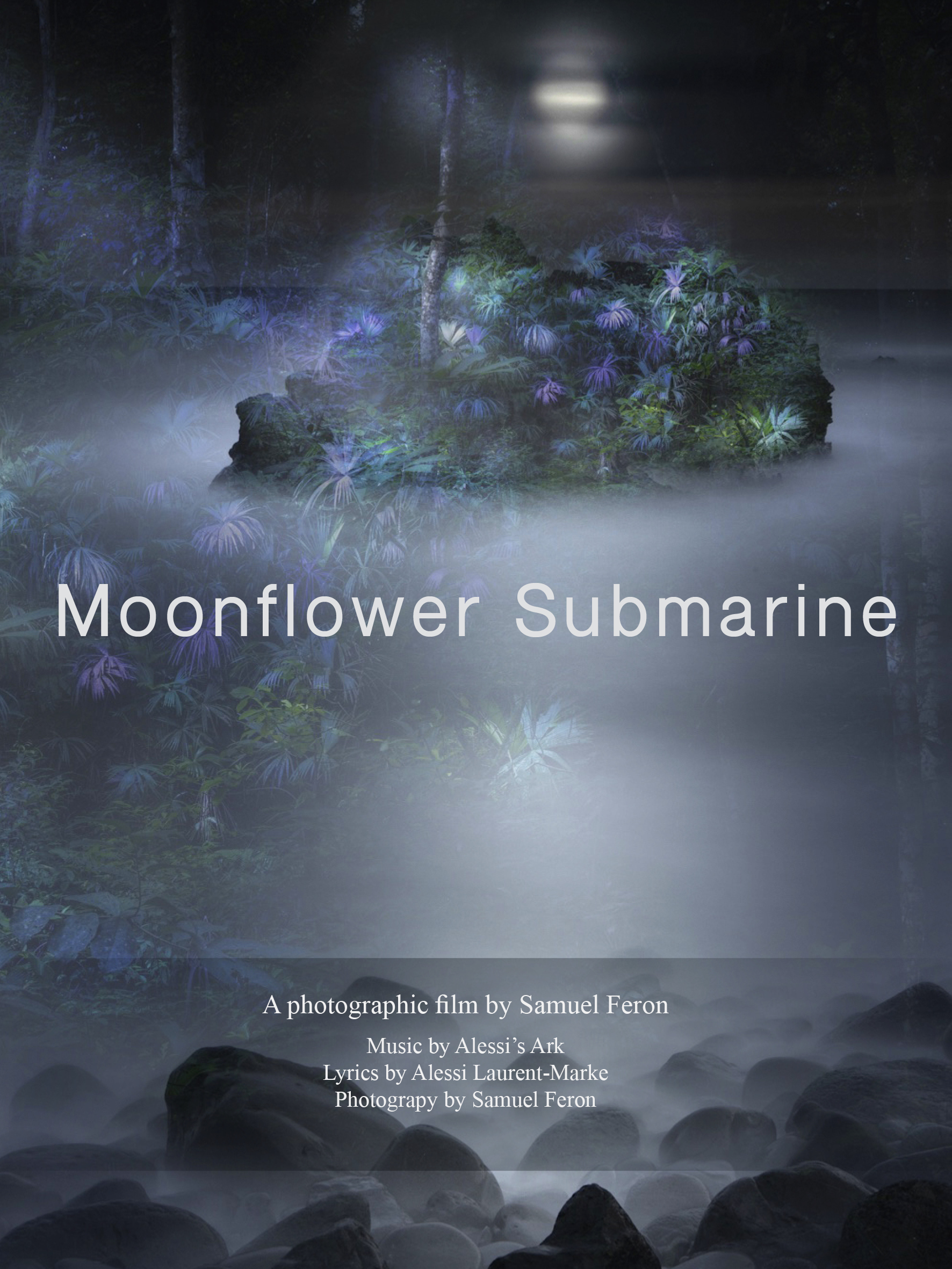
BIEFF 2019 Short Film Review “Trapped Ghost”
WATCH THE TRAILER
First, the Recap:
Perceptions of the world. It can take on any number of contexts, as there are most likely just as many viewpoints of our world as there are people, all of us taking in things in a unique way, or at least different enough to make it our own, despite what must be any number of overall similarities. Perhaps the same can be said for when we look at things through the lens of a camera and the subsequent images we capture. On the surface, it seems normal, a moment stuck in time. Yet, when we begin to manipulate the photo, it can suddenly present an entirely new meaning or focus, adjusting our concept of what’s being shown, possibly altering our take on the moment forever. Hence, this is the photographic journey we see unfold.
Next, my Mind:
Sometimes, there is simply no getting around the fact that trying to write about something so overtly visually-driven and give it context for a synopsis can be a challenge, as was the case here with the 10-minute short film effort from director Hui-Ying Hsieh that screened during the 2nd Annual Berlin Illambra Experimental Film Festival housed at Salon AM Moritzplatz and hosted by Illambra. However, having managed to navigate it to the best of my ability at this moment, we move on to the slightly easier part–providing opinion. As with at least one other effort (“Ectoplasm IV”) shown at BIEFF 2019, this is a interestingly creative offering involving the utilization of actual film being manipulated in such a way that it begins to morph and decompose, forming entirely new “worlds” as it were because it.
Here it is accomplished by the decomposing of the gelatin emulsion, which then causes other images to appear within the original that can make the picture appear to be burning or having been “invaded” by some kind of film-consuming virus. However, for me, and as I took to the title to suggest, I see a “trapped ghost” scurrying across the effected pictures, a haunting “presence” that “joins” the other subjects shown in each one, unable to escape from the borders of its new “prison”. While these “ghosts” often add new texture as well, or sometimes none at all, the pairing of these portraits with the electronic music background very much creates this engaging sonic and aural experience that keeps the eyes and ears at attention while we also try to ascertain how the “ghost” is impacting each image we see.
The subjects range from people to animals, to landscapes until if we really wish to wax existential here, it all forms a grander image and illustration of us–the Earth, society, culture, and perhaps a reminder of the sometimes chaotic pace by which we live, as the images delivered rush by at times, a blur of motion not easily followed, though maybe that’s the purpose. Then, over the course of the film, the “ghosts” that we’ve now realized we’re accustomed to, welcoming to, up and vanish without a trace and truthfully, you have a sense of almost mourning their disappearance, wishing them back, though when it does appear again, it takes over the entire original image utterly, maybe even ominously so. As Hsieh interprets it–“I edit this film as a farewell to “the imagination of images”. To mourn the disappearance and to see the substance of the image.”
Hence, in total, “Trapped Ghosts” perhaps shall remain as just that–a filmmaker’s ode to our loss of appreciating what is in an image and the associated imagination that can be born from it should we choose to look at everything with that more magical sensibility and explorative soul, wanting to see newer things born from the usual, and to realize that the artistic spirit is alive and well still within us. That’s the nature of independent cinema, and this critic for one is thankful for all those out there striving to make it known.
As always, this is all for your consideration and comment. Until next time, thank you for reading!





